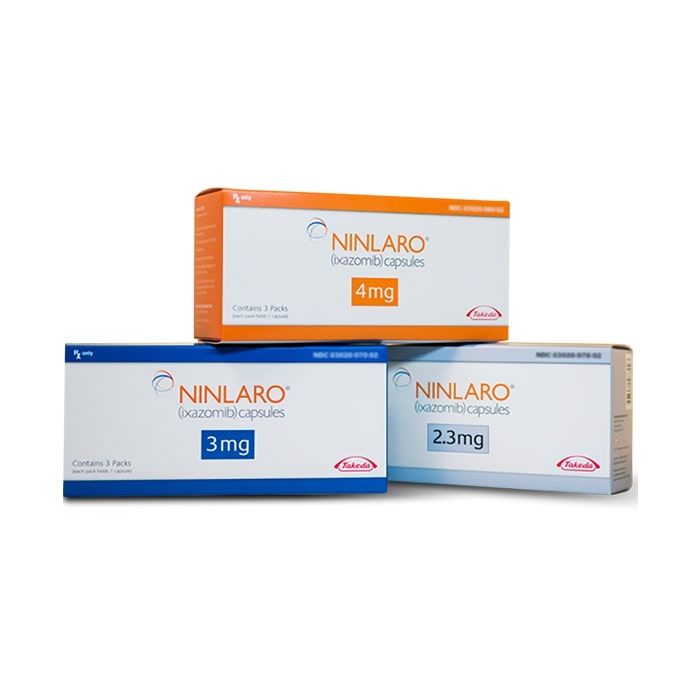
Mercaptopurine: A Cornerstone in Treating Childhood Acute Lymphoblastic Leukemia
April 12, 2024
NINLARO® (ixazomib) in combination with lenalidomide
April 22, 2024Understanding Diffuse Lower-Grade Glioma
- Understanding Diffuse Lower-Grade Glioma is crucial for providing effective strategies to enhance the quality of life for patients.
- Diffuse lower-grade gliomas are brain tumors that have distinct characteristics and challenges.
- These tumors can be classified into two main types: astrocytomas and oligodendrogliomas, both with varying stages.
- Surgical interventions play a vital role in the management of diffuse lower-grade glioma, aiming to remove as much tumor tissue as possible while preserving brain functions.
- Radiation therapy and chemotherapy also contribute to the treatment, targeting any remaining cancer cells.
- Physical well-being can be improved through exercise and physical therapy, which help maintain mobility and overall functioning.
- Nutrition and diet recommendations are crucial in providing the necessary nutrients for the body to cope with the disease and treatment side effects.
- Coping strategies and mental health support are essential for glioma patients to navigate the emotional and psychological impact of the disease.
- Involving family members in the care and support of glioma patients can significantly enhance their well-being and overall quality of life.
- Providing resources and assistance for caregivers is essential to alleviate the physical and emotional burden they may experience.
- Taking a holistic approach that addresses the physical, psychological, and support needs of diffuse lower-grade glioma patients can greatly enhance their quality of life.
- Continued research advancements provide hope for the future treatment options and improved outcomes for glioma patients.
Understanding the impact and challenges of diffuse lower-grade glioma
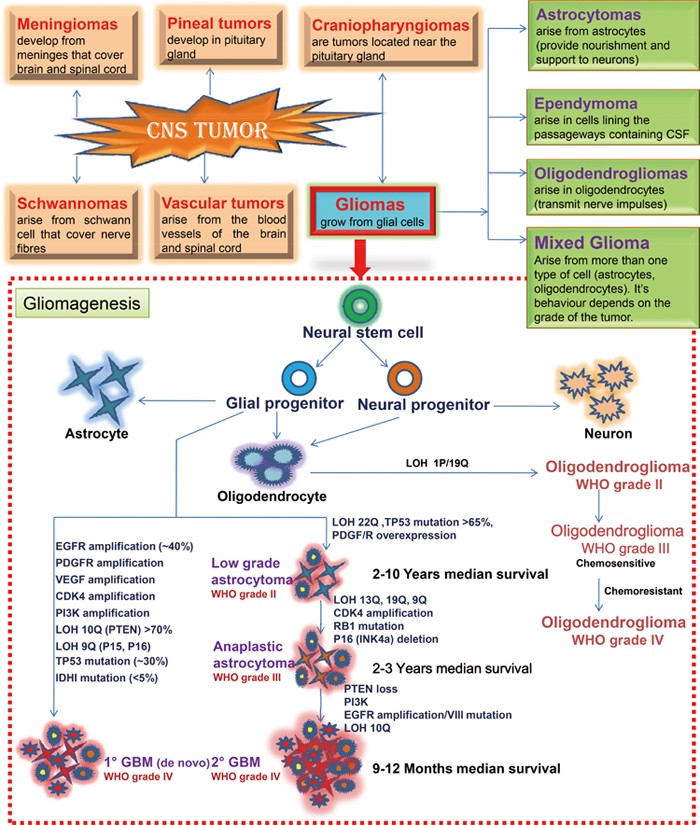
Diffuse lower-grade gliomas pose significant challenges and impact the lives of patients. The tumors, including astrocytomas and oligodendrogliomas, vary in stages, requiring tailored treatment approaches.
Surgical interventions aim to remove as much tumor tissue as possible while preserving brain function. Radiation and chemotherapy complement the treatment by targeting remaining cancer cells. To promote physical well-being, exercise and physical therapy help maintain mobility and overall functioning.
Proper nutrition and diet recommendations are crucial for coping with the disease and managing treatment side effects. Coping strategies and mental health support are essential for addressing the emotional and psychological impact of glioma.
Involving family members in care and providing resources for caregivers significantly enhance the well-being and quality of life of glioma patients. A holistic approach that addresses all aspects of glioma patients’ needs can greatly improve their quality of life. As research advances, there is hope for future treatment options and improved outcomes.
Types and stages of diffuse lower-grade glioma
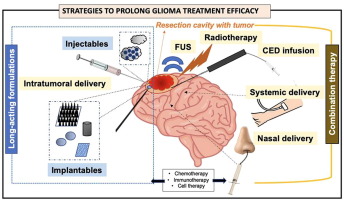
Diffuse lower-grade gliomas encompass different types and stages, including astrocytomas and oligodendrogliomas. These tumors pose varying challenges and require tailored treatment approaches. Understanding the specific type and stage of the glioma is crucial for determining the best course of action. Surgical interventions aim to remove as much tumor tissue as possible while preserving brain function. Additionally, radiation and chemotherapy treatments target remaining cancer cells. Each treatment approach is carefully chosen based on the tumor’s characteristics. By accurately diagnosing and classifying diffuse lower-grade gliomas, healthcare professionals can provide personalized and effective treatment plans for patients, leading to improved outcomes and overall quality of life.
Medical Treatments and Therapies
Surgical options for diffuse lower-grade glioma
Surgical interventions play a crucial role in the treatment of diffuse lower-grade glioma. The goal is to remove as much tumor tissue as possible while preserving brain function. Surgeons use advanced techniques such as awake craniotomy to navigate safely near critical brain areas. The extent of resection can vary depending on the tumor’s location and characteristics. Complete resection may be achievable for some patients, while others may require a partial resection due to tumor infiltration into vital structures. Surgical interventions are often followed by additional treatments such as radiation or chemotherapy to target any remaining cancer cells. The personalized approach to surgery ensures optimal outcomes and enhances the overall quality of life for glioma patients.
Surgical options for diffuse lower-grade glioma
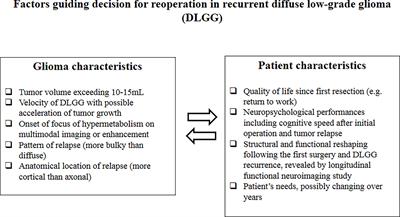
Surgical interventions play a crucial role in the treatment of diffuse lower-grade glioma. Surgeons use advanced techniques such as awake craniotomy to safely navigate near critical brain areas. The goal is to remove as much tumor tissue as possible while preserving brain function. The extent of resection can vary depending on the tumor’s location and characteristics. Complete resection may be achievable for some patients, while others may require a partial resection due to tumor infiltration into vital structures. Surgery is often followed by additional treatments such as radiation or chemotherapy to target any remaining cancer cells. This personalized approach to surgery helps optimize outcomes and enhance the overall quality of life for glioma patients.
Radiation and chemotherapy treatments for glioma patients
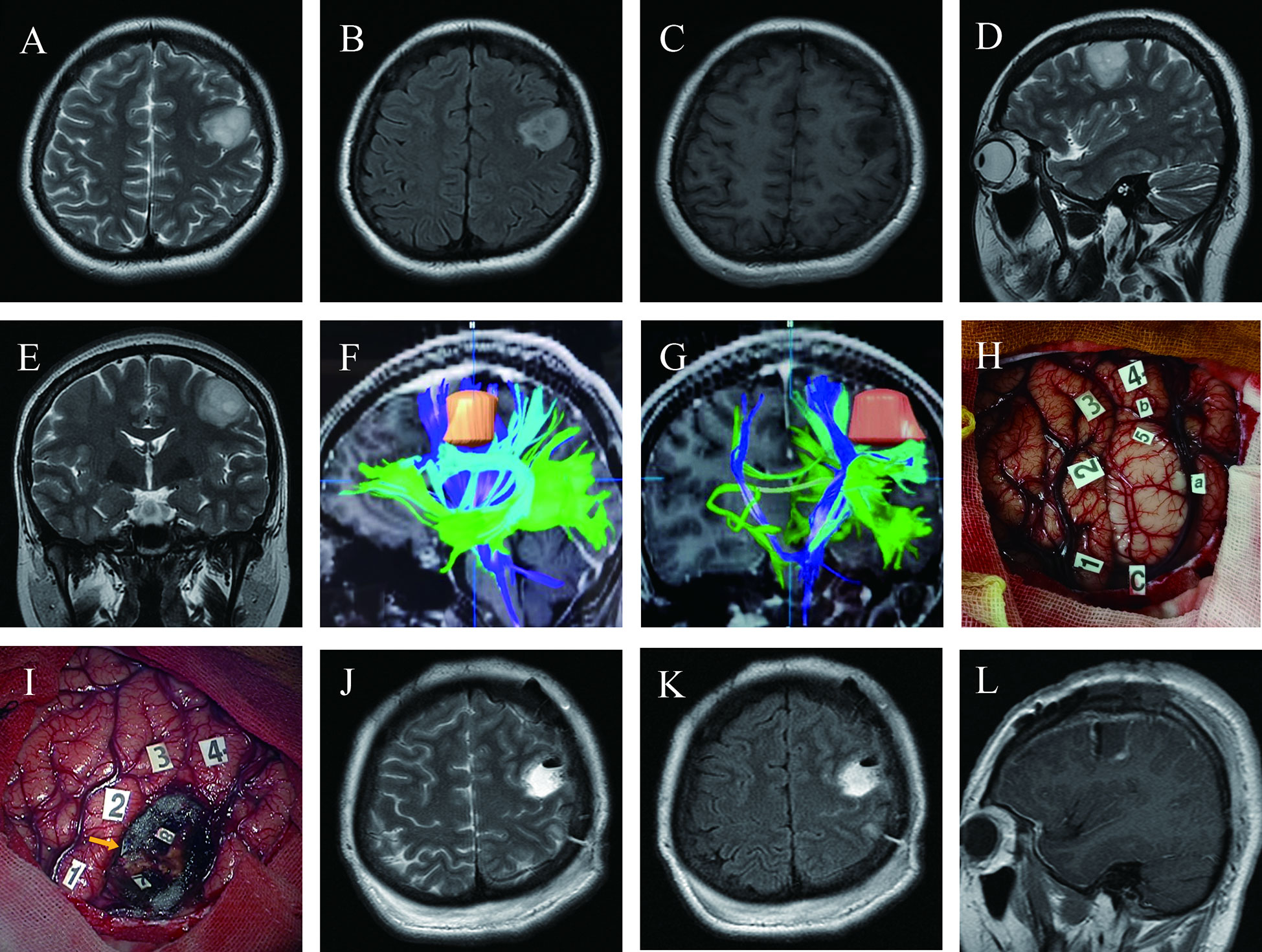
Radiation and chemotherapy treatments are essential components in the comprehensive care plan for glioma patients. Radiation therapy uses high-energy beams to target and destroy cancer cells, while chemotherapy utilizes drugs to inhibit tumor growth. These treatments can be given individually or in combination, depending on the specific needs and characteristics of the tumor. Radiation therapy is typically administered daily over several weeks, while chemotherapy can be given orally or intravenously in cycles. These treatments aim to minimize tumor progression, alleviate symptoms, and improve overall survival rates. Additionally, regular monitoring and follow-up appointments are crucial to evaluate treatment response and make necessary adjustments.
Promoting Physical Well-being
Exercise and physical therapy play a vital role in promoting physical well-being for glioma patients. Engaging in regular exercise, under the guidance of healthcare professionals, can help improve muscle strength, flexibility, and overall physical function. Physical therapy techniques, such as stretching, balance training, and coordination exercises, can also aid in managing symptoms and enhancing quality of life. Furthermore, maintaining a nutritious diet, rich in fruits, vegetables, and whole grains, can support the body’s immune system and provide essential nutrients for optimal health. Prioritizing physical well-being through exercise, physical therapy, and a healthy diet can contribute to the overall well-being of glioma patients.
Exercise and physical therapy for glioma patients
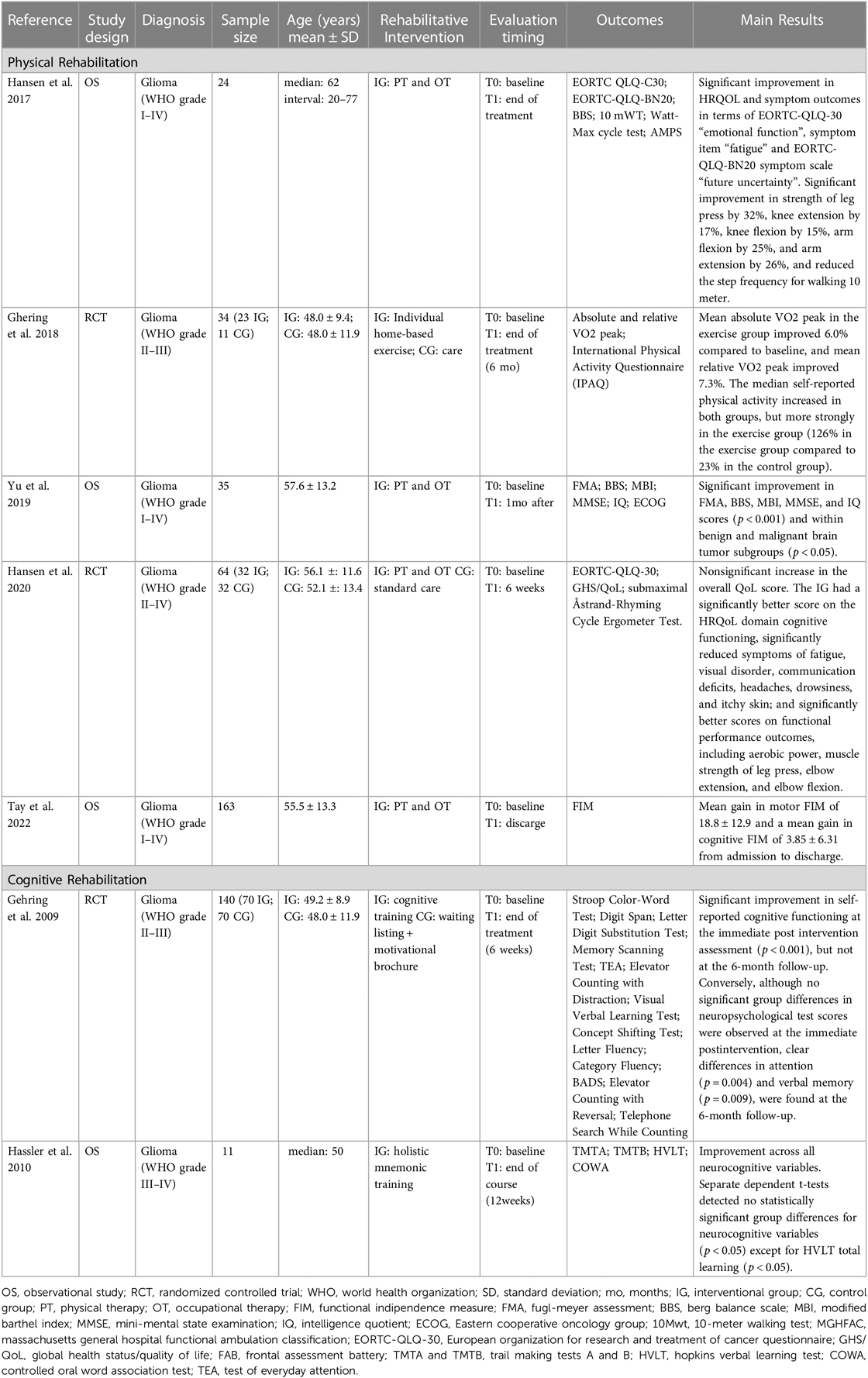
Engaging in regular exercise, under the guidance of healthcare professionals, can help improve muscle strength, flexibility, and overall physical function for glioma patients. Physical therapy techniques, such as stretching, balance training, and coordination exercises, can also aid in managing symptoms and enhancing quality of life. In addition to exercise, maintaining a nutritious diet, rich in fruits, vegetables, and whole grains, can support the body’s immune system and provide essential nutrients for optimal health. By prioritizing physical well-being through exercise, physical therapy, and a healthy diet, glioma patients can improve their overall well-being and enhance their quality of life.
Nutrition and diet recommendations for improving quality of life
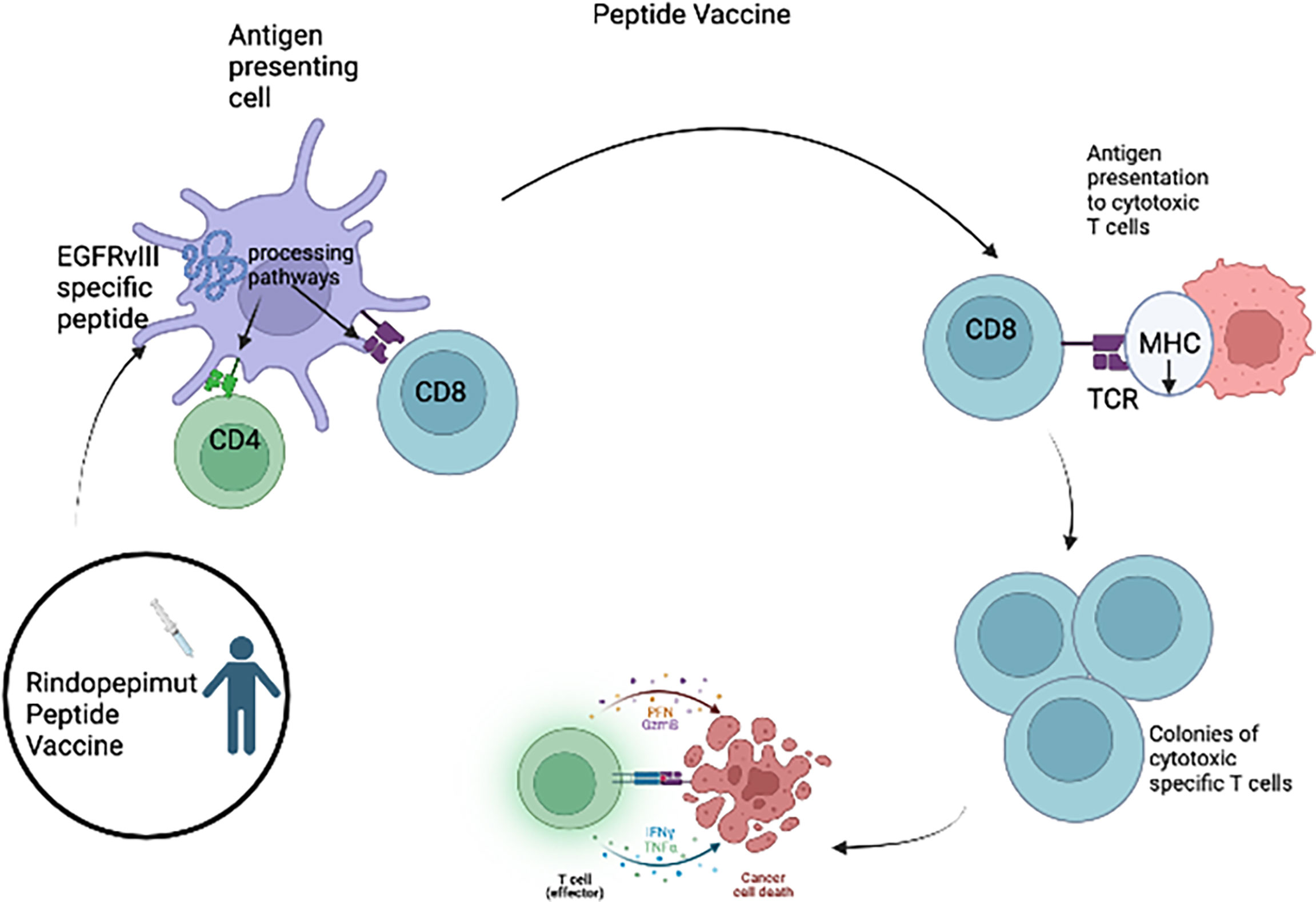
Maintaining a nutritious diet is crucial for improving the quality of life in diffuse lower-grade glioma patients. A diet rich in fruits, vegetables, and whole grains provides essential nutrients and supports the body’s immune system. These patients should also aim to drink plenty of fluids and avoid processed foods high in sugar and unhealthy fats. The consumption of lean proteins, such as fish, poultry, and legumes, can aid in muscle repair and overall health. Additionally, glioma patients should consider consulting with a registered dietitian who can provide personalized nutrition recommendations based on their specific needs and treatment plans. By following a balanced and nourishing diet, patients can enhance their well-being and overall quality of life.
Psychological Support and Mental Health
Coping strategies such as mindfulness-based techniques and stress reduction exercises can help glioma patients manage their emotional well-being. It is essential to seek support from mental health professionals who specialize in working with cancer patients. Engaging in support groups or counseling sessions can provide a safe space to express emotions and address concerns. Additionally, practicing self-care activities like yoga, meditation, and creative outlets can promote a positive mindset and improve mental health. By prioritizing psychological well-being, glioma patients can enhance their quality of life and better navigate the challenges associated with their condition.
Coping strategies for glioma patients
Coping strategies such as mindfulness-based techniques and stress reduction exercises can help glioma patients manage their emotional well-being. It is essential to seek support from mental health professionals who specialize in working with cancer patients. Engaging in support groups or counseling sessions can provide a safe space to express emotions and address concerns. Additionally, practicing self-care activities like yoga, meditation, and creative outlets can promote a positive mindset and improve mental health. By prioritizing psychological well-being, glioma patients can enhance their quality of life and better navigate the challenges associated with their condition.
Importance of mental health support and therapy

Mental health support and therapy play a crucial role in enhancing the quality of life for glioma patients. Seeking professional help from mental health specialists who specialize in working with cancer patients can provide valuable support. Engaging in support groups or counseling sessions can create a safe space for glioma patients to express their emotions and address concerns. Adopting coping strategies like mindfulness-based techniques, stress reduction exercises, and self-care activities such as yoga and meditation can promote a positive mindset and improve mental well-being. By prioritizing their psychological health, glioma patients can better cope with the challenges of their condition and improve their overall quality of life.
Family and Caregiver Support
Involving family members in the care and support of glioma patients is crucial for their well-being. Family members can provide emotional support, help with daily activities, and assist in making medical decisions. It is important to keep open lines of communication, including regular updates from the medical team, to ensure everyone is informed. Providing resources and assistance for caregivers is also essential, as they may experience physical and emotional fatigue. Support groups and counseling services can offer a safe space for caregivers to share their concerns and find coping strategies. By prioritizing family and caregiver support, the overall quality of life for glioma patients can be enhanced.
Involving family members in the care and support of glioma patients
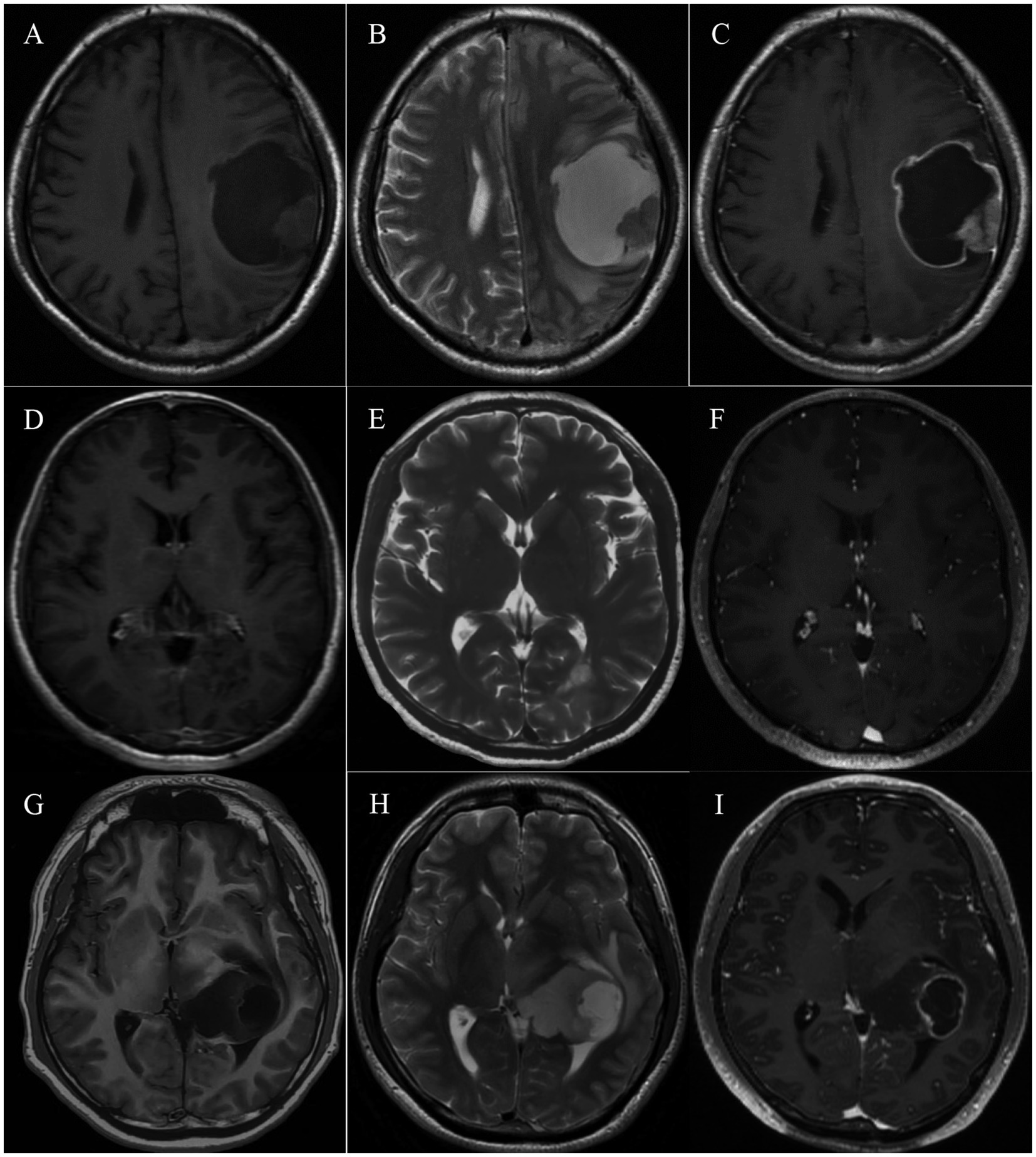
Involving family members in the care and support of glioma patients is crucial for their well-being. Family members can provide emotional support, help with daily activities, and assist in making medical decisions. It is important to keep open lines of communication, including regular updates from the medical team, to ensure everyone is informed. Providing resources and assistance for caregivers is also essential, as they may experience physical and emotional fatigue. Support groups and counseling services can offer a safe space for caregivers to share their concerns and find coping strategies. By prioritizing family and caregiver support, the overall quality of life for glioma patients can be enhanced.
Providing resources and assistance for caregivers
Providing resources and assistance for caregivers is essential to support their physical and emotional well-being while caring for glioma patients. Caregivers may experience fatigue, stress, and burnout, so it is crucial to offer them resources such as support groups and counseling services. These platforms provide a safe space for caregivers to share their concerns, find coping strategies, and connect with others experiencing similar challenges. Additionally, caregivers can benefit from practical assistance, such as respite care or help with daily tasks. By addressing the needs of caregivers, we can enhance their ability to provide excellent care and support for glioma patients, ultimately improving the overall quality of life for all involved.
Conclusion
A holistic approach to enhancing the quality of life for diffuse lower-grade glioma patients involves a combination of medical treatments, promoting physical well-being, providing psychological support, and offering support for family members and caregivers. By understanding the impact and challenges of diffuse lower-grade glioma, medical professionals can tailor treatments and therapies to meet the unique needs of each patient. Surgical options, radiation, and chemotherapy treatments are available to target and manage the tumor.
Additionally, promoting physical well-being through exercise, physical therapy, and a nutritious diet can help patients maintain their strength and overall health. Psychological support, including coping strategies and mental health therapy, is vital for patients to manage the emotional toll of the disease.
Finally, involving family members in the care and support of glioma patients, as well as providing resources and assistance for caregivers, is crucial to ensure the well-being of both the patient and their loved ones. By adopting these effective strategies, we can enhance the quality of life and overall outcomes for diffuse lower-grade glioma patients and their support networks.
Holistic approach to enhancing the quality of life for diffuse lower-grade glioma patients
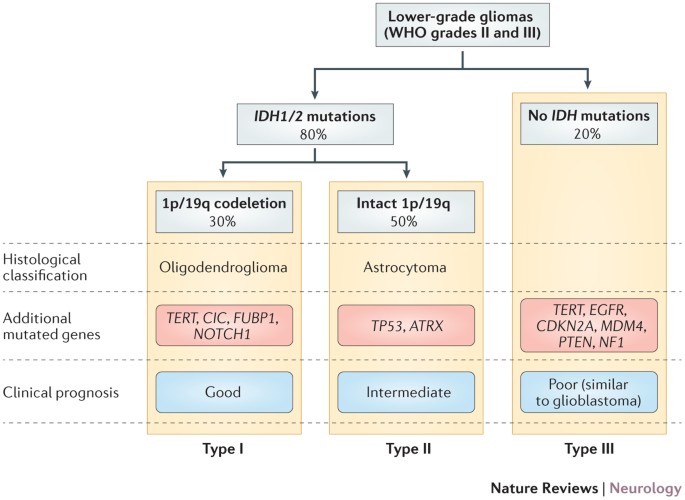
A holistic approach to enhancing the quality of life for diffuse lower-grade glioma patients involves a combination of medical treatments, promoting physical well-being, providing psychological support, and offering support for family members and caregivers. By understanding the impact and challenges of diffuse lower-grade glioma, medical professionals can tailor treatments and therapies to meet the unique needs of each patient. Surgical options, radiation, and chemotherapy treatments are available to target and manage the tumor. Additionally, promoting physical well-being through exercise, physical therapy, and a nutritious diet can help patients maintain their strength and overall health. Psychological support, including coping strategies and mental health therapy, is vital for patients to manage the emotional toll of the disease. Finally, involving family members in the care and support of glioma patients, as well as providing resources and assistance for caregivers, is crucial to ensure the well-being of both the patient and their loved ones. By adopting these effective strategies, we can enhance the quality of life and overall outcomes for diffuse lower-grade glioma patients and their support networks.
Future outlook and research advancements in glioma treatment
Future outlook and research advancements in glioma treatment hold promise for improving the quality of life for patients. Ongoing studies focus on developing targeted therapies and immunotherapies to specifically attack glioma cells while minimizing damage to healthy tissue. Advancements in precision medicine and genomics are providing valuable insights into the genetic characteristics of glioma tumors, enabling personalized treatment approaches. Clinical trials are exploring novel treatments such as gene therapy, viral therapy, and targeted drug delivery systems. Additionally, research is underway to better understand the factors that influence glioma progression and recurrence, which can inform the development of innovative preventive strategies. These advancements offer hope for improved outcomes and quality of life for diffuse lower-grade glioma patients in the future.






